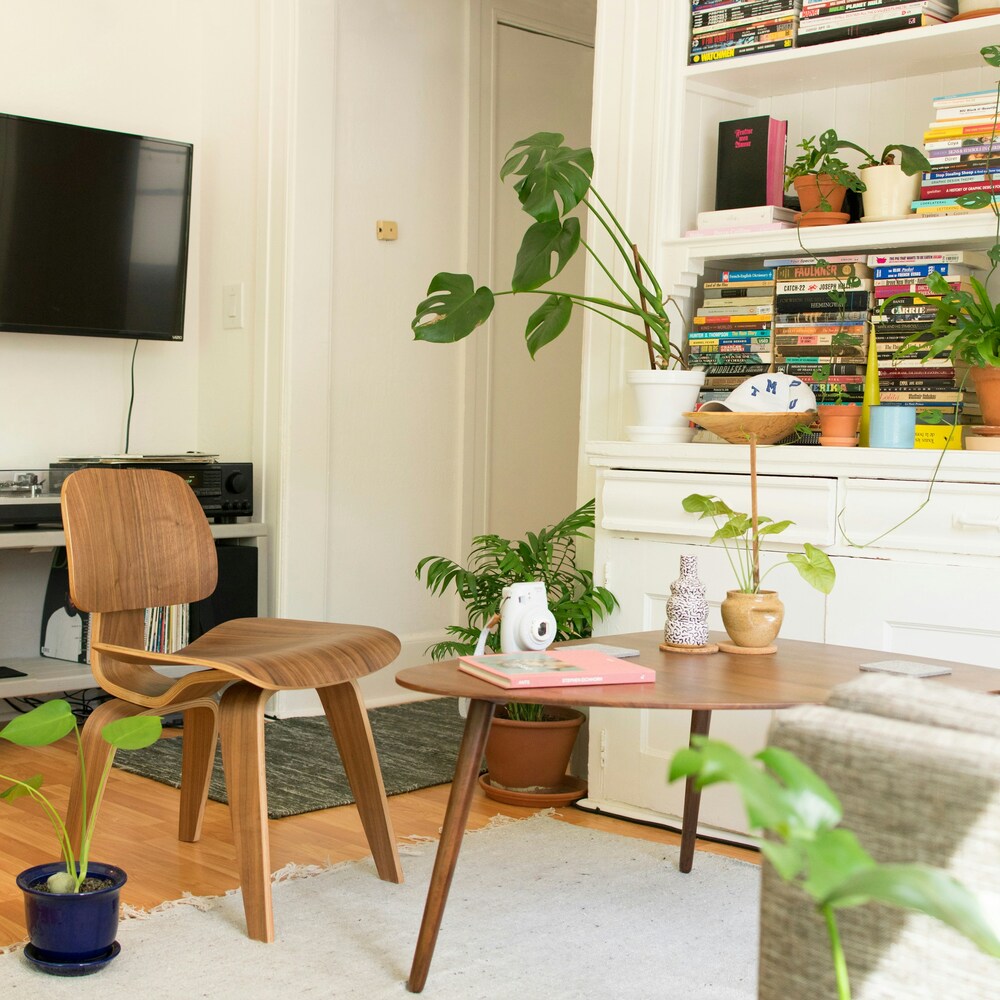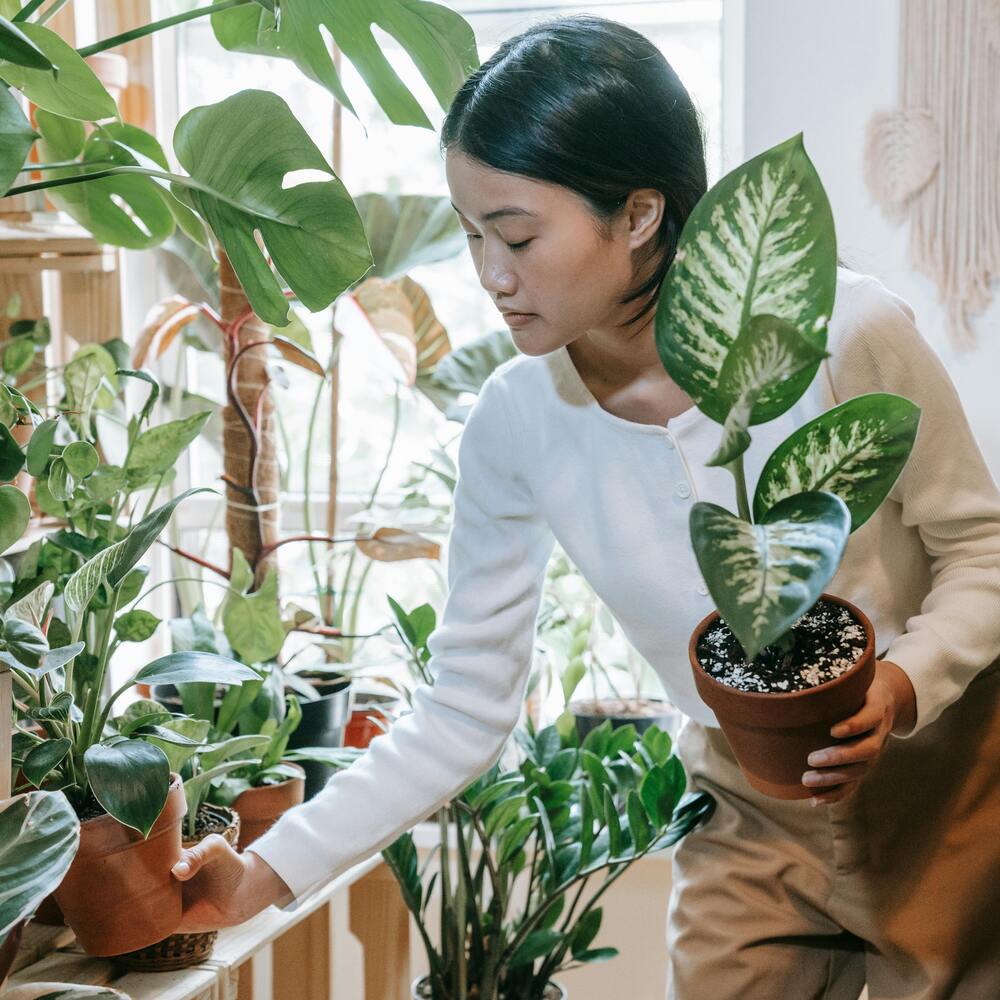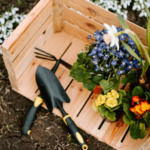Urban living frequently requires forsaking green space for the ease and vitality of metropolitan life. However, developing a healthy green oasis in your city flat is not only feasible, but also extremely satisfying.
Urban gardening allows you to bring nature into your home, which improves air quality, reduces stress, and beautifies your living area. In this lesson, we’ll look at how to transform your apartment into a lush garden, regardless of size.
Selecting the Right Plants for Your Space
The first step in building an urban garden is to choose plants that flourish in indoor surroundings. Consider the lighting in your flat, as different plants require varying amounts of light.

Snake plants, ZZ plants, and pothos are excellent choices in regions with little natural light. Peace lilies, spider plants, and philodendrons thrive in moderate lighting conditions. Succulents, cactus, and fiddle leaf figs require enough of sunlight to thrive, therefore they are ideal for high-light regions. It is critical to evaluate the area available for your plants.
Vertical gardening can be an excellent alternative for small apartments, utilizing wall-mounted planters or hanging pots to maximize space.
Creating a Plant Care Routine
Once you’ve decided on your plants, you must establish a consistent care schedule. Overwatering is a common problem for indoor plants, as most prefer to let their soil dry between waterings.
To check the soil moisture, insert your finger about one inch deep; if it feels dry, it’s time to water. Indoor plants require nutrients to thrive, so use a balanced, water-soluble fertilizer once a month during the growing season (spring and summer).
Trim dead or yellowing leaves on a regular basis to encourage new development and keep the plant looking its best. Monitoring your plants on a regular basis can allow you to identify any problems, such as pests or illnesses, and keep your urban garden healthy.
Incorporating decorative elements
Your urban garden can be more than just a collection of plants; it can be a key component of your interior design. Consider introducing decorative items to improve the aesthetics of your green space. Stylish pots and planters that match your apartment’s decor, ranging from sleek modern designs to rustic clay pots, can enhance the visual appeal.
Installing floating shelves or tiered plant stands can help you create visually beautiful plant displays. Proper illumination is necessary for plant health and ambiance. In addition to natural light, try utilizing grow lights to guarantee that your plants get enough light.
Placing a premium chandelier nearby can give a beautiful touch, making your green sanctuary the centerpiece of the space. By carefully selecting and arranging ornamental items
Maximizing Small Spaces
Living in a city apartment generally means having restricted room. With a little effort, even the smallest apartments can host a thriving urban garden. Use windowsills to cultivate herbs or small potted plants that thrive in sunshine.
Wall-mounted planters, hanging baskets, and vertical garden kits can let you grow plants without taking up any floor area. Look for furniture that may serve as plant stands, such as bookcases or side tables with built-in planter boxes. Think beyond the box and use every possible nook and corner to house your plants, transforming even the smallest apartment into a green oasis.
Integrating Technology in Your Urban Garden
Incorporating technology into your urban garden can simplify plant care and improve the whole experience. Smart gardening tools and devices are gaining popularity and can help your plants grow with little effort.
Consider adopting smart planters with sensors that monitor soil moisture, light levels, and temperature and send notifications to your smartphone when it’s time to water or alter the lighting. Automated watering systems can be a game changer for busy urban gardeners, ensuring that your plants receive adequate water even when you are gone.
Furthermore, smart grow lights can simulate natural sunshine, giving your plants the best spectrum of light for photosynthesis. These lights may be configured to turn on and off at particular times,
Benefits of Indoor Gardening
Incorporating technology into your urban garden can make plant care easier and improve the whole experience. Smart gardening tools and devices are gaining popularity and can help your plants thrive with no effort.
Consider adopting smart planters with sensors that monitor soil moisture, light levels, and temperature, and send alerts to your smartphone when it’s time to water or alter the lighting. Automated watering systems can be a game changer for busy urban gardeners, ensuring that your plants receive the necessary amount of water even when you are not present.
Furthermore, smart grow lights can simulate natural sunlight, providing your plants with the best spectrum of light for photosynthesis.








